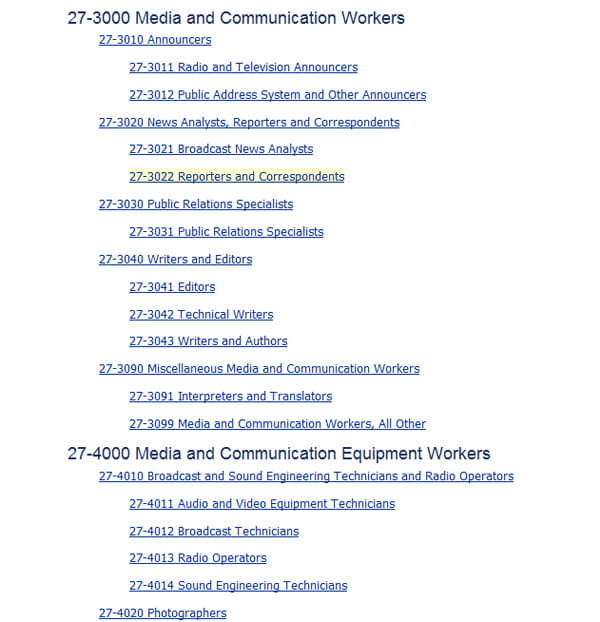Occupational Data in Medical Billing Records Could Prevent Workplace Injuries
 By Rachel Ewing
By Rachel Ewing

- Breakthrough on Gene Therapy for Hereditary Spastic Paraplegia
- Drexel Environmental Collaboratory Releases Cross-Sector Findings on Severe Weather Recovery Challenges
- Drexel Launches the Manuel Stamatakis Center for Alternative Investments at the LeBow College of Business
- Drexel-Penn A Cappella Sing-Off Brings a New Battle of 33rd Street

A subtle change to hospital data collection policies could make a big difference in preventing occupational health and safety hazards, according to workplace safety researchers at the Drexel University School of Public Health.
In a new article published in the Journal of Occupational and Environmental Medicine, the researchers call on industry, occupational medicine and public health communities to support a change to data collection methods to include industry and occupation data.
Every year, nearly four million Americans suffer a workplace injury, yet hospitals in the United States do not currently track and report these incidents. The estimated number of workplace injuries is based on probability samples, which underestimate the true extent of workplace injuries. These estimates also have significant gaps when it comes to tracking details about types of injuries and how, when and why specific injuries occur – which are essential details to inform prevention efforts. If this information were collected on every patient, physicians, researchers and payors would be able to accurately describe occupational injuries and illnesses, and support prevention initiatives.
“This is one of the most important policy initiatives I’ve worked on,” said Dr. Jennifer Taylor, an assistant professor at Drexel and an author of the new paper. “If we could get industry and occupation information from everyone who seeks care in a hospital, we would have a really good handle on how many injuries and illnesses there are. This would enable us as a nation to develop evidenced-based prevention strategies to address the hazards of work.”
Aggregate data collected from hospital and emergency department records are used routinely in public health activities. Adding a standard process for recording data about patients’ industry and occupation would ultimately facilitate the collection of important information from every patient in the U.S. who is admitted to the hospital or seen in an emergency department, the authors point out.
The impetus for initiating industry and occupation data collection began with the Firefighter Injury Research and Safety Trends (FIRST) project, a FEMA-funded grant project led by Taylor, on which co-author Leslie Frey works as a policy coordinator.
Taylor and Frey argue that the benefits of collecting industry and occupation data extend to not only firefighters, but to every American who works.
In the Journal of Occupational and Environmental Medicine paper, Taylor and Frey discuss the benefits of industry and occupation data collection when treating injuries and illnesses and describe processes and coding standards by which such data could be added to hospital discharge data. They highlight case studies, such as a program at Michigan State University that tracked amputations related to workplace injuries, and led to detection of occupational hazards.
Taylor and Frey acknowledge that there will be some costs associated with additional data collection. However, by recommending the use of existing federal standard codes for occupation and industry data, they note that the data collection can proceed with a minimal cost and effort to hospitals.
Drexel News is produced by
University Marketing and Communications.